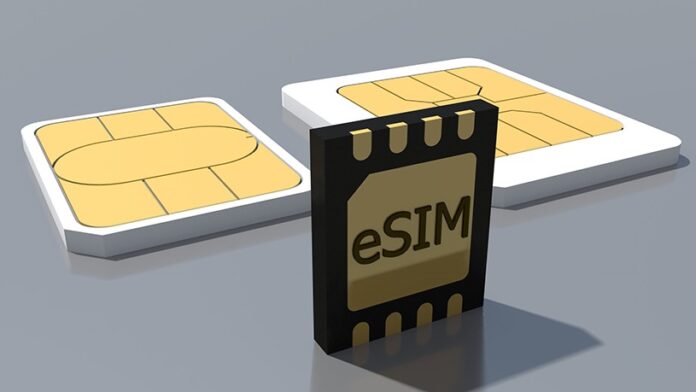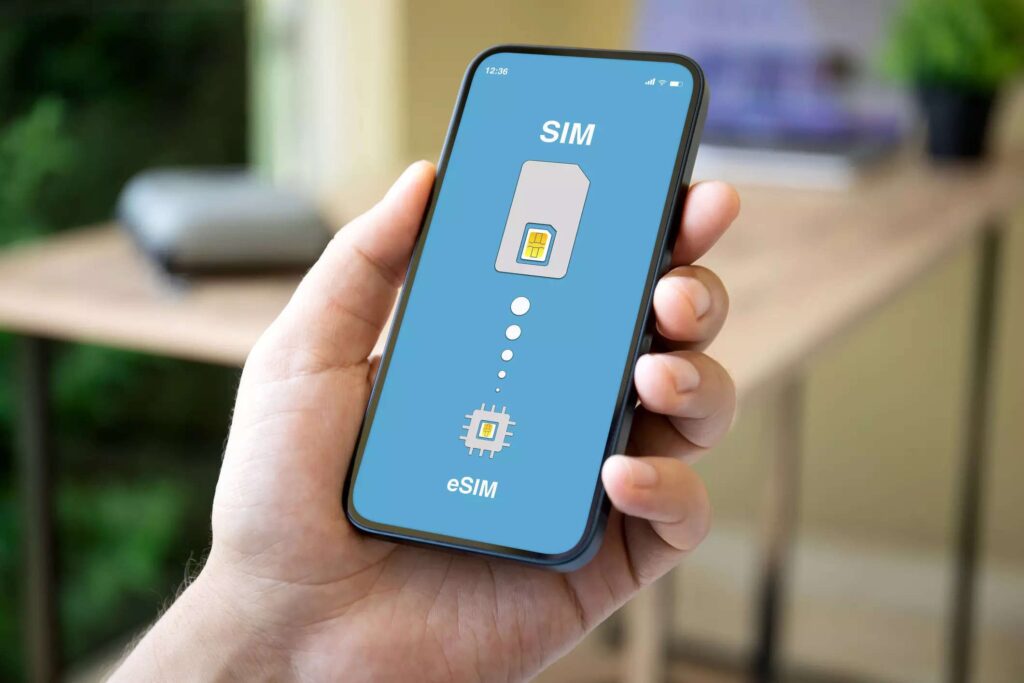
Have you ever travelled internationally and come home to find an astronomical cell phone bill packed with exorbitant roaming fees? I sure have. Sticker shock doesn’t even begin to describe it.
Data is one of those essential things you need and it feels like the large telco companies are holding their customer’s data for ransom while traveling abroad.
Roaming charges when travelling continue to confound with their high costs.
What seems like light usage can easily rack up $100+ on your bill. Even a short trip fills wireless carriers’ pockets thanks to sky-high roaming rates. There has to be a better way.
The Drain of Roaming When Traveling
Regular international roaming through your standard phone plan can really take you for a ride. Many carriers will charge $5-10 per MB used while traveling internationally. Some even have daily or weekly “packages”, but cost still adds up quickly.
Whip out your phone for basic needs like emergency calls, checking maps or translations, using messenger apps to communicate, even light web browsing, and expenses escalate rapidly.
Of course, you can get a local SIM card on arrival. But who wants this hassle of finding a provider, purchasing a SIM card, fumbling to insert it properly into your device, and configuring settings? And good luck getting support if something doesn’t work.
There’s no reason we should accept either bankrupting roaming rates or the annoying chore of temporary SIM cards when traveling internationally. Using an eSIM for travel is the 21st century solution.
What is an eSIM?

An eSIM, or embedded SIM card, represents the future of cellular connectivity.
Rather than using a physical plastic SIM card that needs inserted into your phone, an eSIM uses a tiny internal chip integrated into your device itself.
Top phone manufacturers like Google, Apple, and Samsung now offer eSIM capability built into newer model smartphones.
For these phones, you can switch connectivity across networks electronically through provider profiles rather than having to pop out and replace SIM cards manually.
The eSIM contains your subscription information to connect with mobile networks. Using an eSIM management app, you can scan or download provider profiles over-the-air to activate service. No SIM swapping necessary!
With an eSIM travel plan from a provider like TraveleSim.com, you simply download their eSIM profile for a destination country prior to departure. Then toggle it on arrival to get connected internationally.
When back home or off to your next locale, switch profiles or turn it off without even having to restart your phone.
So rather than pay outrageous roaming fees, an eSIM brings cost-effective cell and data access possibilities while traveling. And ditching physical SIM hassles removes roadblocks when hopping across borders. This technology was made for globetrotters!
Picking the Best eSIM Provider for Travel

When selecting an eSIM provider specifically for international travel, you’ll want to evaluate a few key factors:
Cost Savings
A top priority is affordable rates in comparison to standard roaming. Leading eSIM companies offer pay-as-you-go plans with prices at a fraction of typical roaming. Most charge by the MB, day, or week with flat fees per country.
Region Support
Consider which parts of the world you’ll be visiting and ensure your provider has eSIM availability there. Those with the widest global footprint give you the most flexibility.
Reliability Reputation
You’ll want to pick an established eSIM provider known for consistent connections abroad.
Account Features
Look for an easy-to-use account dashboard and mobile app to manage your eSIM on the go. At minimum, you’ll want to activate or switch plans and track data usage.
Top picks like Travel eSIM rise to the top across these criteria. Compare options to select your best match based on upcoming trips.
Getting Your eSIM Ready for International Adventures

Once signed up with your eSIM provider of choice, you’ll want to take a few key steps to activate and test connectivity before departure:
Download Provider App & Set Up Account
If your travel eSIM provider has a mobile app, download it on your smartphone to manage your plan. Create your account and register your device within the app.
Add Credits
Most eSIM providers operate on a pre-paid basis. Check pricing grids for your destination countries and add enough credit to your account to cover expected data usage abroad.
Install eSIM Profile
Prior to travel, use the app to install the eSIM profile for your upcoming destination. This electronically activates a local SIM on your existing smartphone.
Connect & Test
Turn on your device’s cellular data and try to establish a connection on the newly activated eSIM. Run tests and confirm you can browse sites or use apps before leaving home.
Following those basics, you’ll touch down ready to tap into your international eSIM plan with the first swipe or tap. No delays hunting for a store to swap SIM cards!
Leveraging eSIM Connectivity on the Go

One of the handiest aspects of an eSIM for travel is the ability to manage connectivity remotely. This puts you in the driver’s seat worldwide.
Switch Countries Quickly
As you cross borders, toggle your eSIM profile to activate the local plan for your newest visit. Shut off the previous country if departing for good or keep it running as a backup if returning.
Track Data Usage
Keep tabs on MBs used in the provider app. For peace of mind, set up alerts so you never accidentally overuse high-speed data allotments. Suspend or throttle speed as needed.
Stay on Optimal Networks
Your eSIM intelligently selects between available foreign networks. But you can override auto-selection and manually choose alternative carriers via the app if desired.
Adjust Plans to Needs
Top up credit or change to higher tiers of data packages as required directly through the app. Whether extending a trip or finding you need increased speed, flexibility is baked in.
Access Customer Support
Leading eSIM provider apps offer full customer service chat. Reach out directly for troubleshooting odd connectivity issues or general travel advice.








